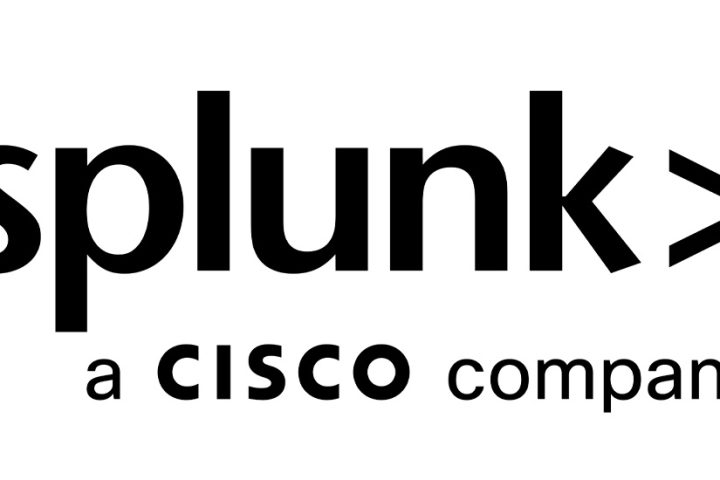How is SaxoTraderPRO different from previous platforms?
SaxoTraderPRO is a new user-friendly professional grade trading platform for active traders and institutional clients, which is available for both Windows and Mac. While SaxoTraderGO is a platform catered to ordinary investors who need access on the go and cross-device functionality, SaxoTraderPRO has been designed for professional-level trading and is packed with advanced trading functionality, such as Enhanced Trade Ticket with one-click trading, shortcuts and many order types, including algo orders. It also has a lot of new risk management features so that you can manage the risk of your trades in a better way, and a brand-new reporting suite so there is full transparency on profit and loss, as well as commission and interest.
What innovations can clients expect that will make their experience more user-friendly?
With SaxoTraderPRO, clients can expect to get a seamless trading experience and the ability to trade in a multi-asset environment, combined with a high level of control through advanced trading tools, fast and reliable execution and extensive options for customizations to fit their individual trading needs. We have worked with the latest front-end technologies such as HTML5/JS/REACT which connect to a single REST API that clients can also access directly to develop their own bespoke functionalities.
What were the biggest challenges you faced during the development of this platform?
It was a big challenge to include all of the advanced functionality while maintaining ease-of-use. The development has been based on idea generation, early prototyping and user feedback loops. Since we started development two years ago, the process has become increasingly streamlined and brought users, product owners and development teams closer together than ever before.
Most active traders and institutional clients want to have a set-up that is unique to them based on trading styles, strategy, or individual preferences. That is why a one-size-fits-all platform does not work for this segment of clients and why we put so much emphasis on customizability when we developed SaxoTraderPRO.
Two different prototypes were built, and A/B tested with three in-lab usability studies with prospective and existing clients. A BETA version was made available to selected international clients and internal staff 12 months before the official launch. This resulted in more than 500 ideas in a feedback process that allowed clients to interact with us directly. Many of these ideas have now been implemented in time for the official launch and the rest forming the basis of our development pipeline.
What are the benefits of building the platform with an Open API?
The main advantages of building SaxoTraderPRO on an Open API is that it enables rapid feature development and it allows outside developers, such as from white label client companies, the ability to have their own functionality programmed on top of our platform. What we see more and more from our white label partners is that they want to control the user journey of their clients much more, they are much more focused on making sure that their clients get a consistent and integrated user journey from their other net bank applications, or their own Android or IOS apps. In order to maintain this control, they utilize the Saxo Open API on our platform and their own developers build additional programming to suit their clients’ needs.
What do you think is the next step in terms of technology for the finance industry? What kind of role and value do you think AI has in this industry?
Saxo Bank has always been ahead of the curve in deploying technology to better support its clients in the financial sector, but we are in no way resting on our laurels. Recent initiatives in robotics and AI will ensure that we are increasingly relevant to our clients and deliver a best in class digital client experience. Alongside this, we have also launched our digital asset management solution, SaxoSelect, and the market’s first fully digital trading solution for both corporate and government bonds. We are also excited about the possibilities around Open Banking, even beyond the PSD2 requirements. We believe that openness will lead to increased competition, greater innovation and ultimately a better user experience.














